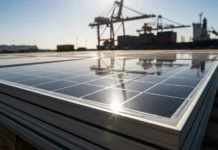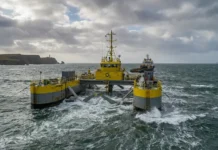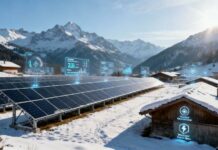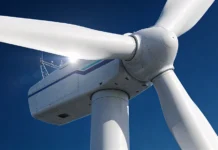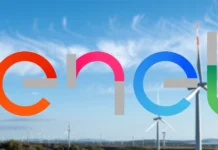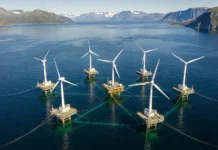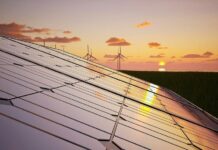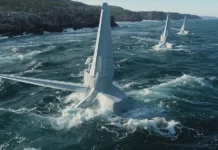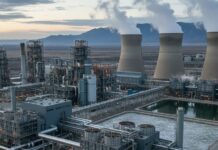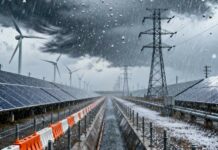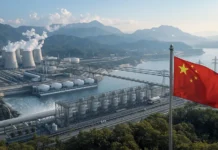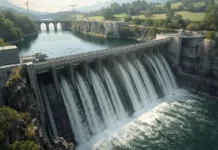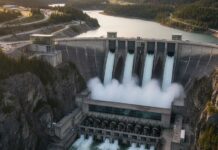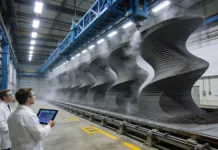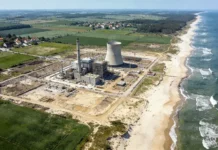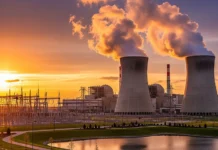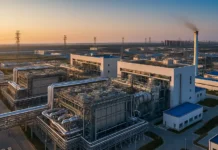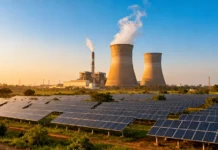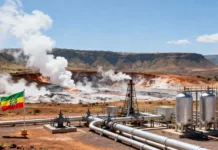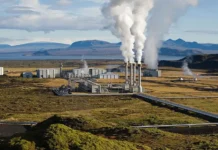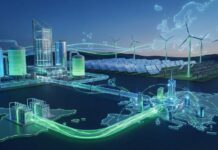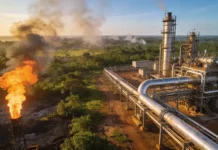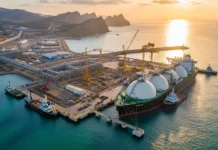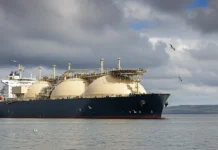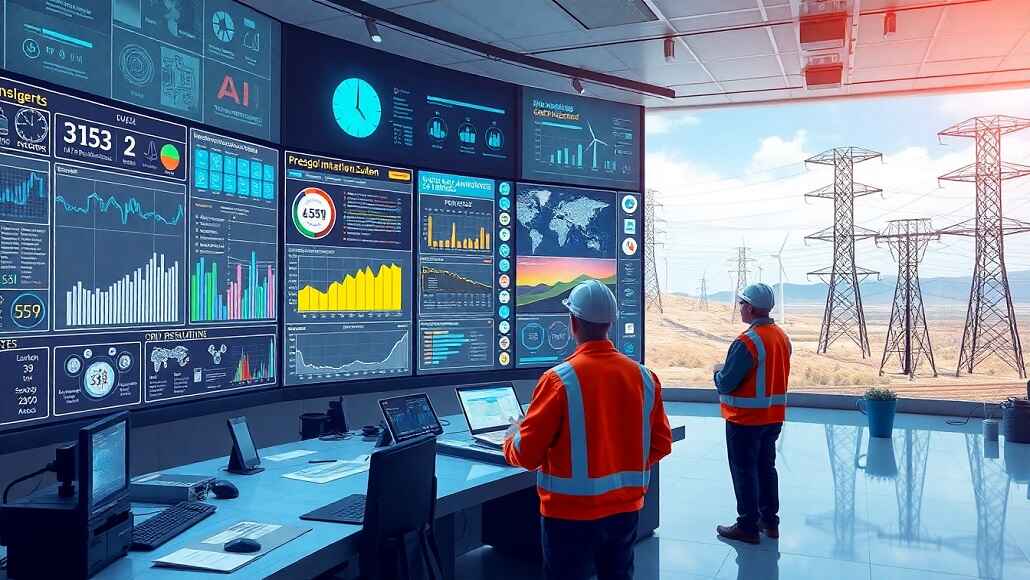The utility industry is going through a transformation that is driven by advancements when it comes to artificial intelligence, shifting economic dynamics, and evolving environmental policies. These elements open fresh opportunities when it comes to utilities in order to modernize their operations, make their great resilience more robust, and speed up the decarbonization.
It is worth noting that utilities are positioning themselves when it comes to these new opportunities by way of embracing much smarter resource management as well as predictive technologies. The coming years are going to be defined by proactive strategies that will enhance operational efficiency, drive some long-term industrial evolution, and also meet the rising customer expectations.
Going ahead with an end-to-end management pipeline
In order to navigate this shifting energy landscape, utilities happen to be embracing a more complete, integrated approach when it comes to resource management. Moving away from the much more traditional operation slots, utilities are adopting visibility throughout the entire energy life cycle, right from generation as well as distribution to consumption and billing.
This kind of interconnected system elevates efficiency through providing real-time data evaluation, helping utilities to push resource allocation, decrease waste, and strengthen customer engagement. Some advanced technologies like IoT-enabled automation devices, smart mirroring, and sensors go on to play a very crucial role in this transitioning, thereby utilities shifting from reactive to proactive decision elements when it comes to long-term sustainability as well as resilience.
One of the key components of this approach is decreasing resource waste. By way of deploying advanced metering infrastructure (AMI) as well as IoT-enabled sensors, utilities can go on to detect inefficiencies, and that too in real time. For example, water utilities that go on to integrate leak detection sensors can safeguard millions of gallons of wasted water per year. In California, as per a study, it was found that utilities that use AMI decreased daily water consumption by almost 5 gallons per household, thereby translating to an average saving of $60 per year per home.
The last stage of the energy journey is enhancing the billing experience. An integrated billing platform offers consumers a total view of their water, gas, and electricity usage. It enables them to track consumption, identify any kind of cost-saving opportunities that are there, and also access the customized energy-saving recommendations. These sorts of capacities elevate customer engagement and experience and also promote better habits when it comes to energy consumption, thereby ultimately driving a more sustainable as well as energy-efficient tomorrow.
Utilities shifting from reactive to proactive – the greatest utility shift
It is well to be noted that the utilities shifting from reactive to proactive decision management approach, thereby making utmost use of AI and ML in order to evaluate historical data in addition to real-time inputs. These kinds of advanced technologies enable utilities to pinpoint high-risk areas, enhance their operational efficiency by way of prepositioning their repair crews ahead of the severe events, optimize the rollout strategies, and reinforce the infrastructure in order to lessen any kind of disruption. As per a McKinsey report, transmission as well as distribution utilities that took into account analytics experienced savings of anywhere between 10 and 20%, while at the same time, they also improved their complete dependability as well as performance.
One of the critical enablers of this kind of transformation is the rising adoption when it comes to distributed intelligence. Edge devices like smart meters, along with IoT-enabled sensors, go on to coordinate with one another and offer real-time insights when it comes to grid conditions by enabling the utilities to pinpoint potential failures before they go to their next level. This kind of data-driven approach elevates outage isolation, enables a much faster restoration of service with minimal intervention manually, and speeds up the decision-making. Utilities can go ahead and enhance the efficiency and, at the same time, reduce their operational cost as well as downtime by making use of these technologies.
Grid resilience is the next big investment
It is worth noting that grid resilience goes on to remain a top priority when it comes to utilities in 2025, thereby driving strategic investments within the physical and digital infrastructure in order to enhance dependability. Intelligent connectivity solutions like mesh networks and private cellular are indeed very critical when it comes to real-time tracking and communication, thereby helping utilities to pinpoint and respond to any sort of grid faults in a quicker manner. The upgraded generation of network technology happens to be designed to enhance the reliability as well as the resiliency of networks as the operational imperatives of these devices witness a new high. This kind of increased responsiveness helps to lower the downtime and also upgrade customer satisfaction.
When it comes to the physical infrastructure front, hardening initiatives such as underground powerlines, as well as using reinforced materials such as concrete poles, are gaining a lot of ground. These kinds of projects are greatly supported by state and local as well as federal agencies like the Federal Emergency Management Agency (FEMA), which offers funding for resilience projects in order to safeguard their important infrastructure.
Decarbonisation – elements, the demands, and what lies ahead
At the 2025 World Economic Forum, Mark Ferrari, the minister for industry and energy from France, described decarbonization as one of the biggest challenges of the century. The present push when it comes to decarbonization happens to be driven by certain regulatory policies, economic incentives, and transitioning consumer anticipations.
Plugging, what lies in the future?
The utility industry is going through profound transformation, which is driven by grid resilience efforts, decarbonization initiatives, and operational technology. As the climate challenges become steeper, customer expectations go on to evolve, and also the fact is that even the policies shift. Due to this, the stake when it comes to utilities has never been higher. In order to navigate this kind of dynamic spectrum, utilities must not just embrace innovation but at the same time also adopt a more proactive as well as integrated approach – one that elevates dependability, paves the way for a more sustainable tomorrow in terms of energy, and, of course, enhances efficiency. Through leveraging the cutting-edge tech as well as data-driven insights, utilities can very well turn the challenges into greener avenues by making sure they remain resilient and also ready for what is coming up next.



